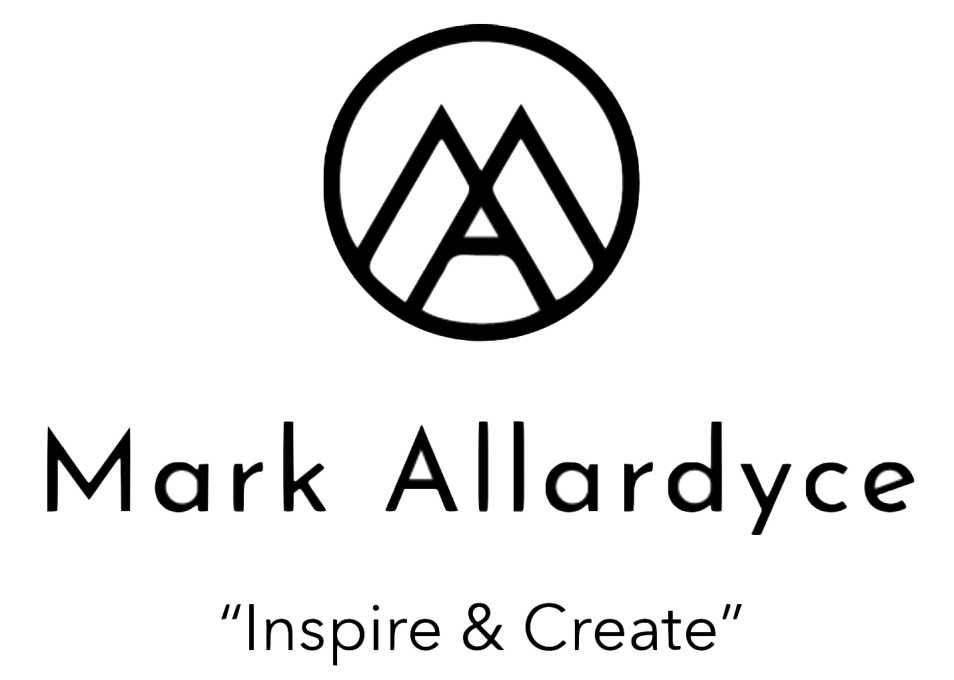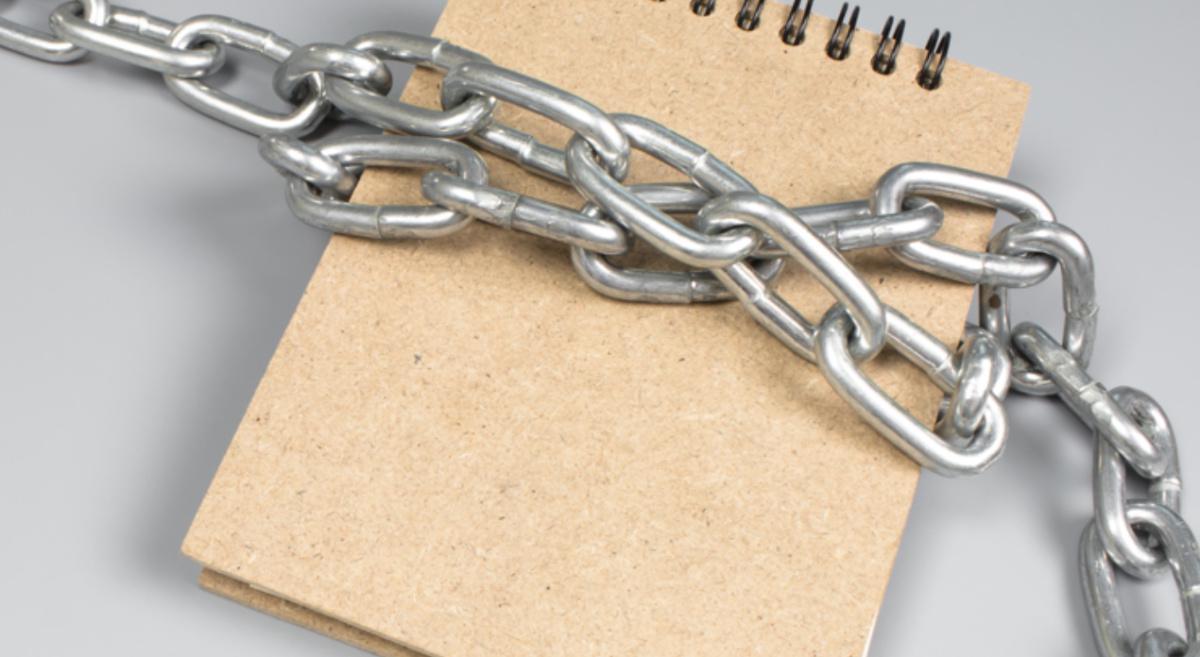The first envelopes were discovered by archaeologists Jacques de Morgan and Roland de Mecquenem in the early 20th century in the Middle East. They were later dated between 3500 and 3200 BC. Spherical and hollow, they were used to convey financial tokens utilized in private transactions between members of the ruling class and members of the wealthy elite.
Those are the earliest known examples of containers specifically designed to protect informational documentation.
“I saw a relic of one in a museum in, I think, Paris once,” a friend of mine told me when I mentioned I was writing this article. “It had a knick in it shaped like an arrowhead. I mean, it could’ve been anything, right? But I like to think it was an arrow, maybe shot at some ancient envoy galloping on horseback. Probably just bandits, right? But it could’ve also been someone hired by a rival potentate or something who wanted the tokens for political reasons. But there’s definitely a story there.”
“Or you could call the bloke who fired that arrow the world’s first hacker,” Mark Allardyce said when I mentioned the envelope relic anecdote to him. “In any case, I think whoever came up with those clay spheres would appreciate what we’ve done with their idea. I certainly appreciate them.”
Mark is a knowledgeable and charming tech industry veteran, and the Chairman and Founder of Envilope, the world’s first Blockchain-based postal service.
He’s still several thousand years from entering our story, however.
A stone tablet and its sealed terracotta envelope, found in the ancient Sumerian city of Girsu and dated around 2037 BC, are currently on display in the Museum of Fine Arts of Lyon. The tablet is believed to be a form of employment contract.
By the 2nd century BC, the Chinese invented paper. They also developed the first paper envelopes. These envelopes, known as chih poh, were used to store gifts of money. In the Southern Song dynasty, the Chinese imperial court used paper envelopes to distribute monetary gifts to government officials.
I enjoy viewing these uses of the envelope through a modern context and realizing times haven’t changed all that much. Whether it was four thousand years ago in Mesopotamia, two thousand years ago in ancient China, or yesterday when a private spreadsheet accidentally got shared with the whole office in Google docs, privacy and security have always been essential to sharing and receiving sensitive information.
All of this, to me, both begs and answers the following question: Why mold permeable clay to protect solid stone? Why craft something as fragile as paper to protect something as fragile as paper? The envelope as a container was surely meant to keep its contents safe from the elements, but as a physical barrier between those contents and real harm, none of our historical examples provided much in the way of safety.
Perhaps the concept of the envelope has always, since its inception, had less to do with protecting the physical objects conveyed inside of them, and more to do with protecting the information chiseled or scrawled on those early documents.
After all, information equals knowledge, and if there is one constant throughout human history it is this: Knowledge is power.
It always has been.
In 1971 computer engineer Roy Tomlinson sent the first piece of electronic mail. It was a simple test message to himself, but it forever changed the way the human race would communicate. The ensuing decades have watched the world gradually leave behind the “hard copy” SOP of the past, a process that continues to evolve every day. In abandoning paper, however, did we inadvertently cast aside a still much-needed tool that our offline ancestors utilized efficiently and effectively for over a millennia?
While myriad examples exist, let us consider very recent history. In 2017, leaked emails (or more precisely, the perception of leaked emails and the implication of that perceived lack of security) were largely blamed for candidate Hillary Clinton losing the United States Presidential election, changing the course of history in ways we cannot yet reconcile.
Upon reading the related election news, a thought must’ve occurred to Mark Allardyce and his Envilope team: Much like a simple letter scrawled on a piece of plain paper, no one could have read those emails if they’d been concealed inside an envelope.
Or rather, if they’d been sent in a virtual Envilope.
“When the world needs it the most,
where has the envelope gone?”
That was the question Mark and his team asked themselves several years before the first iteration of Envilope was born.
If you know Blockchain at all, you probably know it as the basis for cryptocurrencies like Bitcoin and Ethereum. Blockchain is, in essence, a way of keeping digital records. The revolutionary aspect of Blockchain, however, is that those records cannot be altered. They form blocks of information in an unbreakable, impenetrable chain, providing an unprecedented level of transparency and documentation absolutely essential to forming the basis of a decentralized system like a cryptocurrency.
The Envilope team saw the birth of Blockchain technology differently than most. Mark and his team saw it as a way to bring back something the world assumed was lost with the explosion of the internet and rampant digital spy technology being implemented daily by hackers, corporations, and entire governments.
“They say privacy is a thing of the past,” Mark has often told me. “We say privacy is the future.”
His team utilized Blockchain to create a new form of virtual envelope, which they dubbed Envilope. It was a simple concept that took years of sophisticated technological development to achieve: privacy, security, and control. Users can put anything they want inside an Envilope — any form of digital content, from emails to media files to documents — and send it anywhere in the world where people can receive email. Only the intended recipient can open an Envilope, and only under the terms and conditions of the sender (which can be endlessly customized via the Envilope platform). Military-grade encryption protects the payload while Blockchain creates immutable records of where it goes, which allows end-to-end tracking and monitoring.
But that’s only the beginning.
Early on a Thursday, at the tail end of one balmy California winter, I was chatting with Mark on Skype from my office in Los Angeles. He was at home in the UK enjoying the evening with his family.
“Have you had a demo yet?” he asked me casually at one point.
“Of Envilope? No, I’ve been meaning to ask — ”
“Are you near your laptop?”
I was.
Mark sent me an email only I could open — because it was sent in a virtual Envilope. The email contained several documents and media files, all of which I was able to open and access freely.
“Now, watch this,” he said with the intense, quiet showmanship of a mad scientist who believes with every fiber of their being in the thing they have created. “Suppose I suspect a breach has occurred, that you’ve attempted to share this with an unauthorized third party.”
Five thousand miles away, Mark pressed a single key. All of the file attachments in my Envilope disappeared instantly. I couldn’t access their content. I couldn’t retrieve them. It was as if they’d never existed on my system or in my inbox.
“Now then,” Mark announced magnanimously. “Let’s say I’ve decided I trust you again.”
And again, at his home in the UK, Mark pressed a single key. Every file previously attached to my Envilope reappeared instantly, along with my access to their content.
At first it was like watching truly brilliant sleight-of-hand up close, but as my mind opened to the seemingly endless and far-reaching applications of such technology, it became much grander to me.
“That’s more than privacy,” Mark said. “That’s control. Privacy, security, control. That’s what sending online has lacked since the inception of email, and that is precisely what Envilope restores to our every user.”
In many ways, the virtual Envilope has retained the character of those first envelopes created in the Middle East thousands of years ago. Like the clay used to engineer those hollow spheres, the Envilope can be molded around any form or fashion of digital content that can be sent electronically online. And while this modern clay is military-grade encrypted and powered by Blockchain technology, its purpose remains the same. The only change is the scale for which Envilope is aiming: from one desert-rider bearing a single clay envelope, to an entire online world using virtual Envilopes to protect their daily privacy, information, and data.


